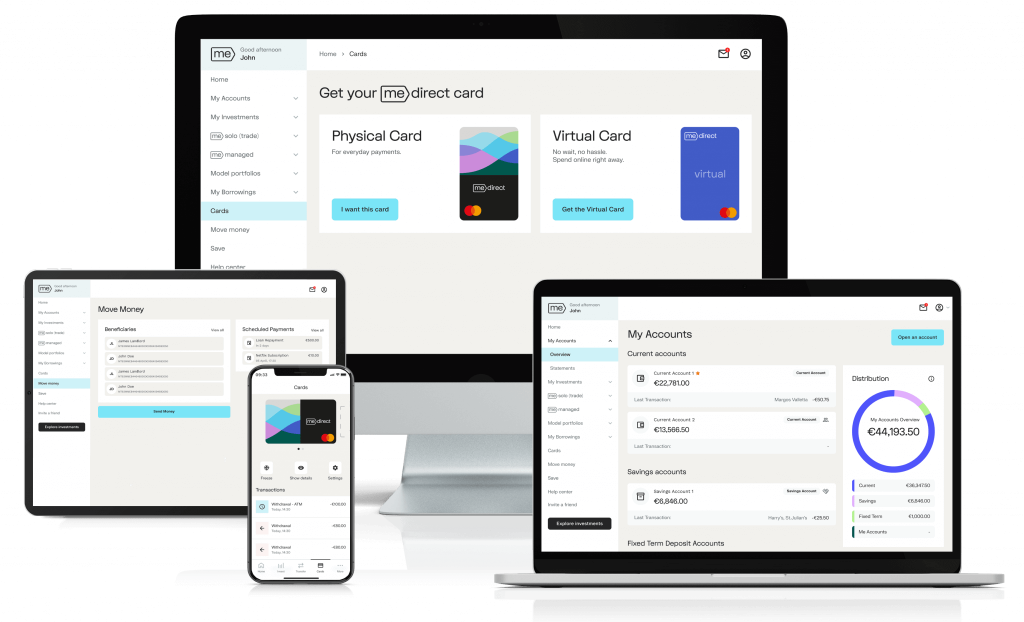The world of cybersecurity can seem like a minefield of jargon and acronyms. In this article we will explore DoS and DDoS attacks, explaining what they are, the risks they pose, and some tips on what can be done to mitigate them.
What does DoS and DDoS mean?
DoS (Denial-of-Service) and DDoS (Distributed Denial-of-Service) attacks are cyber threats which have the potential to disrupt online services, cause chaos, and test the resilience of digital infrastructure.
What are the key aspects of a DoS attack?
A DoS attack is basically a relentless barrage of traffic emanating from a single location and directed at a single server or resource such as a website. The aim of this type of attack is to flood a server with traffic, overwhelm it and cause it to crash, thus rendering a website or service temporarily unavailable.
What about DDoS attacks?
DDoS attacks are more formidable than DoS attacks. By harnessing multiple computers or machines to flood a targeted resource, a DDoS attack is essentially a DoS attack on steroids. As a coordinated assault from various remote locations, such attacks deploy at a much faster pace and escalate to a point where the damage caused can be catastrophic. By using “botnets”, a network of infected machines, a DDoS attack sends massive traffic simultaneously. Since DDoS attacks originate from several machines, resulting to tracing the actual origin of an attack very difficult.
Mitigating the risks of DoS and DDoS attacks.
Both DoS and DDoS attacks come in various forms, each with distinct intentions. While all DDoS attacks are DoS attacks, not all DoS attacks qualify as DDoS. The latter involves a swarm of systems, making it a more potent adversary in the digital battlefield.
Either way, whether it’s a single system or a coordinated army of machines, these attacks underscore the importance of robust cybersecurity measures. For organisations, these measures can include, among others, investing in a robust anti-DDOS service, segmenting your network into smaller parts to limit the impact of a DoS attack, distributing traffic across multiple servers and IP Blocking. It is also vital to have a documented and tested incident response plan to help mitigate DDOS attacks.
It is important for everyone, both on their work and personal devices, to have appropriate firewalls set up on their systems and devices. Vigilance, early detection, and effective mitigation strategies are essential to safeguard our interconnected digital world.





